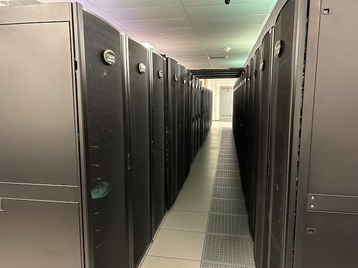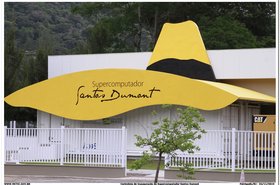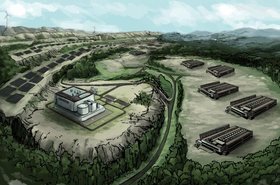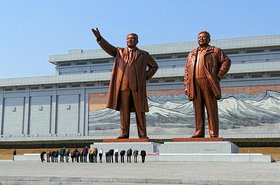A supercomputer for the Air Force Research Laboratory (AFRL) has arrived at the Wright-Patterson Air Force Base in Ohio.
Dubbed "Raider" after the Doolittle Raids - the first American air raid on the Greater Tokyo Area that killed 50 people - the supercomputer will have a computing capacity of 12 petaflops.
Raider is part of the wider Department of Defense's High Performance Computing Modernization Program, and will be accessible to the Air Force, Army, and Navy as a national resource.
The new high-performance computing (HPC) cluster is approximately four times more powerful than its predecessor, Thunder, which was installed in 2015 with 3.1 petaflops of compute.
Raider has a total of 189,000 processors - further details on its hardware have not been shared.
In addition to Raider, the Digital Capabilities Directorate has ordered two new systems for 2024 - the TI-23 Flyer and TI-Raven which are expected to provide 14 petaflops of capability.
According to Bryon Foster, division chief of AFRL's Digital Capabilities Directorate, once a supercomputer is installed, the next one is ordered.
“These systems are so large, and it takes so much to build them, get them in the building and up and running that there is a continual process,” Foster added. “Sometimes even before the system is running, we're ordering the next one.”
“The fuel of our digital transformation is our compute capacity,” said AFRL CIO and Digital Capabilities Directorate director Alexis Bonnell. “Not every mission of AFRL, the Air Force, Space Force, or DoD is appropriate for cloud. Outpacing the adversary often means out-racing them, ensuring our data can move faster, be analyzed more rapidly, and gain insight driven advantage to keep the fight unfair.”
The Raider supercomputer will be primarily used for modeling and simulations. In a test, the cluster was able to complete a project that previously took six months in just three weeks.







